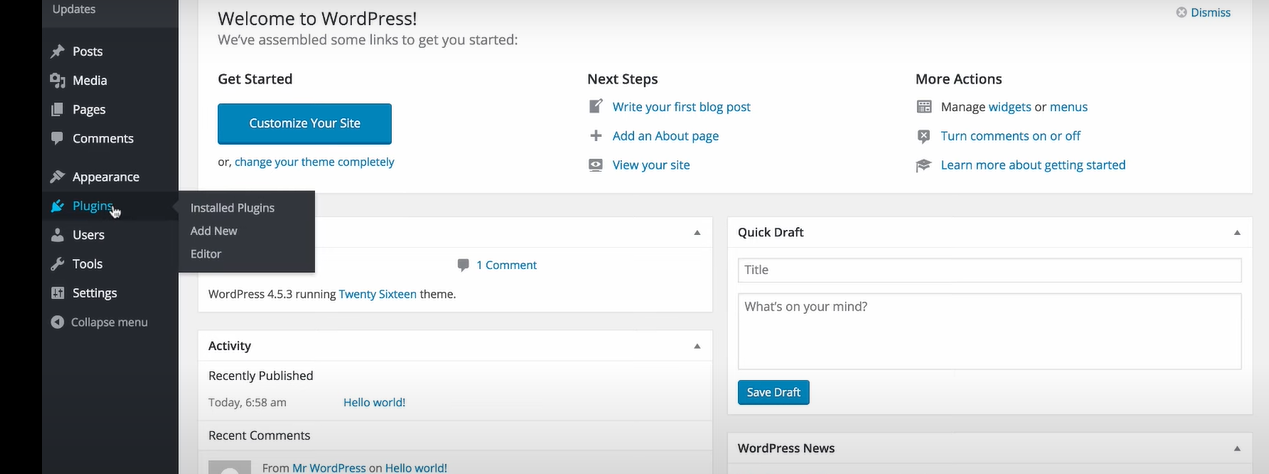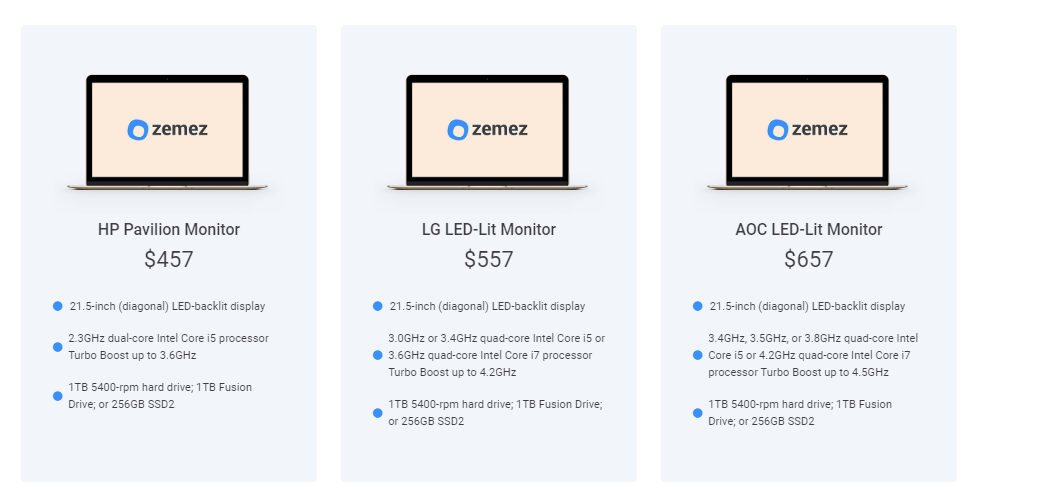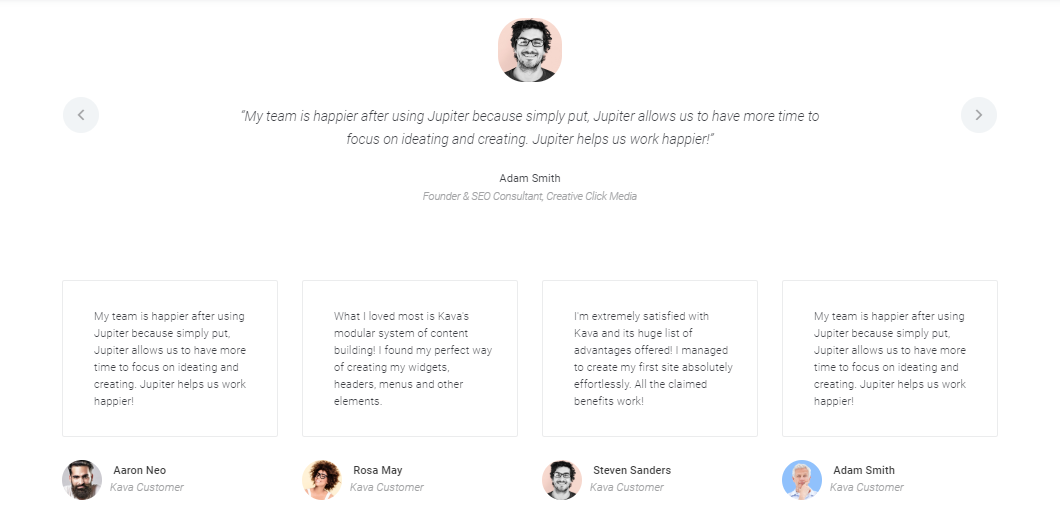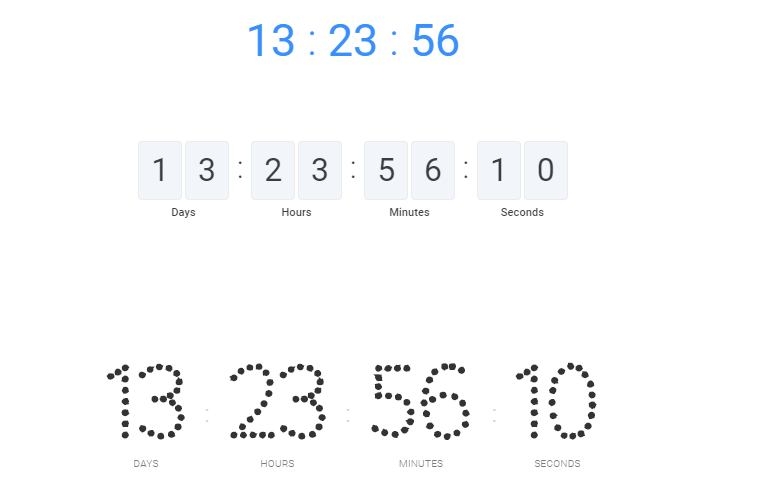
Almost any blogger who wants to scale his personal brand (and revenue) is simply obliged to look at online courses.
The Elementor Page Builder plugin is attractive because it does not require knowledge of the code or additional programming languages.
This article is a brief tutorial on how to create an online courses website using Elementor. We will list the 5 steps required to create a WordPress website for selling online courses.
Thanks to the WooCommerce plugin, you can then easily set up an online store, and use different templates to make this store attractive in terms of design.
So, if you are going to make your online courses website with Elementor, where do you start?
1. Choose a Hosting Provider and a Domain Name
I am sure that you have already come up with a unique domain name. You can buy a domain from one of the certified registrars, or you can buy from a hosting provider (sometimes it’s more convenient to buy from the latter).
When choosing a hosting platform, keep in mind that the availability of the site will depend on it. Therefore, first, study the reviews. They can be found both on assembly sites and in hosting groups on social networks. This website, for example, runs on SiteGround.
2. Install WordPress on Your Hosting
Now that you have picked a WordPress-compatible hosting provider, you need to install WordPress. Every provider explains how you can do this right. Ask them for instructions or look through their docs.
For example, here is a tutorial for installing WordPress on SiteGround.
3. Choose a WordPress Online Courses Theme
You don’t need to create everything from scratch. Using a ready-to-use WordPress theme will save you time and money. There are lots of website templates ready for the Elementor page builder, where you need only add your content. To choose the right theme, you have to know which features you need on a website.
Here’s the list of critical functions for an online school:
- personal account management;
- limited access to watching videos (membership);
- accepting payments;
- selling courses and subscriptions;
- email marketing;
- the opportunity to make the first lesson free to watch;
- assign several teachers to one course;
- pay teachers a commission;
- course statistics;
- uploading homework;
- checking homework;
- custom start date/time (drip);
- notice for participants depending on their actions
- personal messaging between participants and the teacher;
- forum;
- gamification of the educational process;
- affiliate programs.
This is not a complete list of the functions necessary for you and your students to make the educational process as effective and comfortable as possible. But now you can roughly imagine what you will need to create an online school.
There are tons of different templates suitable for creating an online courses website. I have picked 3 to get you inspired:
Charlie Flores – Teaching Portfolio Website WordPress Theme (link)

Edugroit – Online Course Website Template WordPress Theme (link)

Blitz – Webinar Landing Page Template WordPress Theme (link)

4. Install Elementor and Other Plugins
Installation of the Elementor site builder is the same standard procedure as for all WordPress plugins.

To do this:
- Go to the WordPress dashboard;
- Find Plugins in the menu;
- Click Add New;
- Next, in the plugin search field (field on the right), enter the word Elementor;
- After we click the Install button, the whole installation process has begun.
- After installation, the button will change to Activate. Click on it. And it’s done.
Elementor gives you control over customizing WordPress without learning code. The system does all the background work for you. The only thing you need to add is a little of your imagination. You can read more detailed information on how to customize a website using Elementor in this article.
The layout takes place using ready-made elements that you select by simple drag and drop. You can also create sections necessary for online schools:
Pricing Tables Jet Section (link)

Blogster Posts Jet Section (link)

Testiz Testimonials Jet Section (link)

Clokerum Countdown Jet Section (link)

Staffer Team Members (link)

Yoast SEO (link)
An auxiliary and completely optional plugin, which, however, will facilitate your work on the SEO-promotion of your project. Easy to set up and operate. Do not eat additional site resources. Tips on how to properly approach the design of articles and landing pages.
WooCommerce (link)
This is one of the most popular WordPress plugins that add the functionality of an online store to your website. Showcases, baskets, and more importantly — payment by cards.
Learndash (link)
Learndash is an LMS (Learning Management system) or a simpler system that provides students with the opportunity to take courses. Thanks to Learndash, in 10 minutes you can create an analog of Coursera or Udemy on your website
Learndash is full of analogs. Learnpress, LiftLMS, Sensei LMS, and others. All of them roughly provide similar functionality and are part of the WordPress ecosystem.
5. Create Newsletter Сampaign
Mailing list services are an important tool for those who decide to promote their courses.
Gather contacts everywhere and always — whether you conduct open webinars, blogs, or give out useful free materials. The newsletter allows you to communicate with subscribers.
Many modern mailing lists combine a lot of functions – this is mailing, and creating landing pages, and even holding webinars.
Let us dwell on two of them:
Mailchimp is a very convenient and well-known email service. The service is absolutely free up to 2000 subscribers! There is the ability to create landing pages, many templates for creating beautiful letters, and a large number of opportunities for analytics.
GetResponse allows you to do newsletters, create landing pages, and even conduct webinars. The letter templates are modern, the design is adaptive, the letter designer is available even for a beginner. There is a free trial period, but in general, the service is paid.
Conclusion
Of course, you can run your online course without WordPress. On the other hand, you can invest some money to develop a customized solution just for your needs.
Building an online course website with WordPress and Elementor is not difficult. The wide database of themes and plugins for Elementor will help you to go live quickly and easily.
So, back to you now. Your website is up, your courses are set up – next on the list is finding your first customer!
